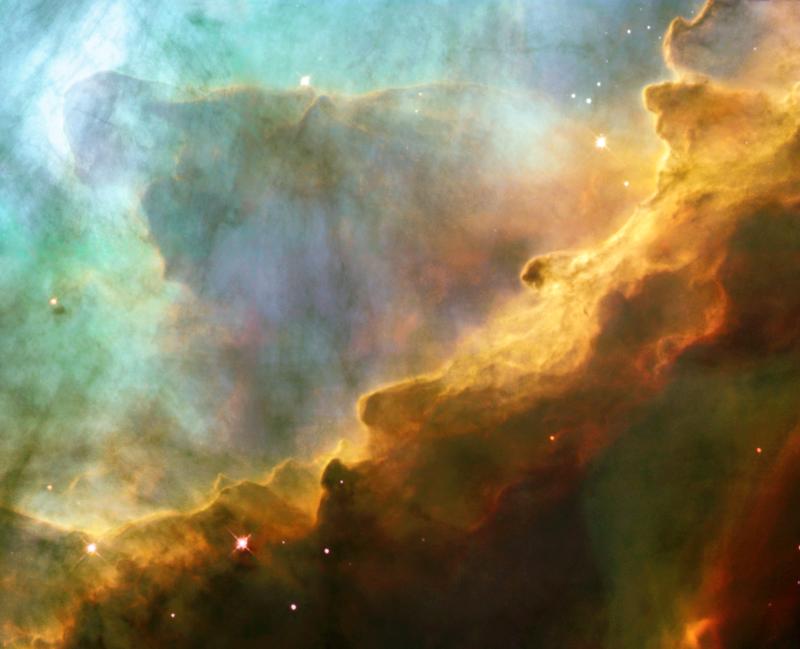Can life exist in the harsh conditions of our solar system? Could life evolve and survive under the extreme heat and pressure of Venus, under the icy crust of Mars, or in the oceans of Europa? To find out just how resilient life is, scientists have been looking for answers in some of the most hostile environments on Earth. And in recent years, life has been discovered in the most extreme conditions, previously thought to be uninhabitable. These microorganisms are sometimes called extremophiles.
There are many different classes of extremophiles, which are named according to the environmental conditions in which they thrive. For example, a thermophile is an organism which lives in conditions between 60˚ and 80˚ Celsius. Recently, a thermophile was discovered nearly two miles beneath the Earth’s surface in the Mponeng Gold mine of South Africa. This particular discovery is interesting because these thermophiles are completely devoid of sunlight, surviving on the byproducts of radioactive decay.
Where might we look for extremophiles outside of Earth? Mars is a good place to start. With the recent confirmation of ice in the crust, it is possible that water has trickled deep into the Martian interior, where thermophiles can survive off of radioactive materials like previously discussed. On Earth, we have discovered halophiles, which require high amounts of salt to survive; recently, the Phoenix Lander discovered several different types of salts in the Martian soil, which could be another location to search for life. Other types of extremophiles discovered on Earth may also apply to Mars, such as: xerophiles, hypoliths, and radioresistant extremophiles.
Europa is another great place to look for extremophiles. It is theorized that there is a global ocean beneath Europa’s thick layer of surface ice. Sattelite images of Europa’s surface show a complex system of tectonic activity–places where the ice has broken and liquid water has upwelled to the surface and refrozen. This tectonic activity is likely the result of tidal flexing, due to the gravitational pull of Jupiter. This tidal flexing may also produce hydrothermal vents. Earth’s hydrothermal vents are host to a large amount of biological activity, meaning Europa is a very promising place to look for extremophiles.
There are future plans in the works to search for extremophiles in the Martian crust. Astrobiological missions to Europa, Titan, or elsewhere are probably deep into the future. Given the amount of life discovered in the harshest places on Earth, I will be surprised if we find that our solar system is devoid of life.
